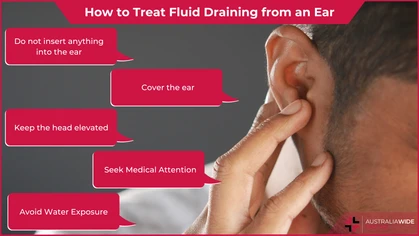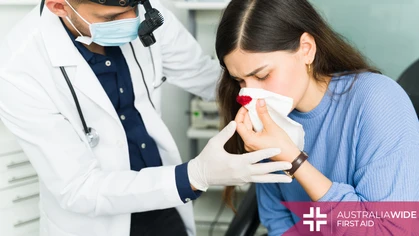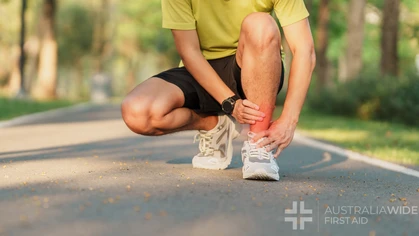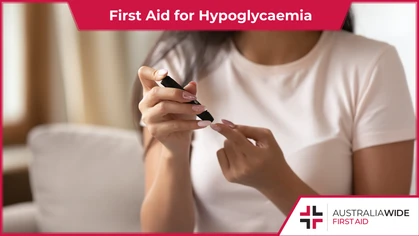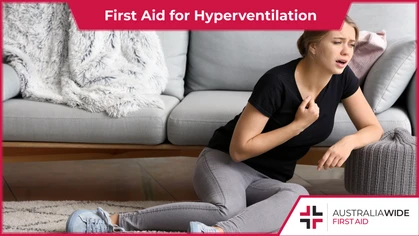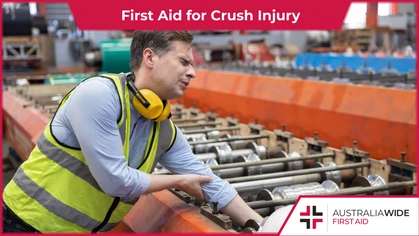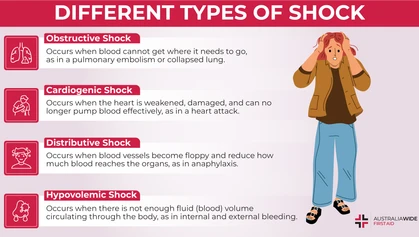Saving Lives: First Aid for Choking

How-To
 Choking is a life-threatening medical emergency that can happen to anyone, anywhere, and at any time.
Choking occurs when an object or a piece of food becomes lodged in the throat, blocking the airway. The adult or child will have difficulty breathing, and may lose consciousness.
Quick and effective action is essential to prevent severe consequences and death.
Choking is a life-threatening medical emergency that can happen to anyone, anywhere, and at any time.
Choking occurs when an object or a piece of food becomes lodged in the throat, blocking the airway. The adult or child will have difficulty breathing, and may lose consciousness.
Quick and effective action is essential to prevent severe consequences and death.
Recognizing Choking
The first step in providing first aid for choking is recognizing the signs. Choking and gagging can often be confused with one another. Gagging is a natural reflex designed to prevent choking. A person who is gagging is not necessarily in a life-threatening situation; a person who is choking can very quickly progress into a life-threatening situation. Gagging typically presents as retching motions, sometimes accompanied by coughing. The person will quickly be able to breath and speak, once the object has been moved out of the way. A person who is choking may exhibit the following symptoms:- Inability to speak or breathe: The person may clutch their throat or make gasping sounds.
- They are turning blue: The skin, lips, or nails may turn bluish due to lack of oxygen.
- Violent coughing: Initially, the individual might cough forcefully, but if the coughing becomes ineffective, it's a sign that the airway is blocked.
- Inability to cough: This means that the airway is completely blocked, and urgency is required.
Immediate Action
Quickly evaluate the person's condition to ensure that they are indeed choking.- Ask them if they are okay and if they can speak. If they cannot respond and are showing signs of choking, take immediate action.
- Dial Triple Zero to ensure emergency medical help is on the way and receive advice.
- Encourage coughing: If the person can still cough forcefully, encourage them to do so. Coughing can help dislodge the obstruction. Do not interfere if the person is effectively coughing.
- If the person is unconscious, check their airways for a blockage, and follow DRSABCD.
Back Blows
If the person cannot cough effectively enough to dislodge the object, perform back blows.- Have the person lean forward slightly.
- Deliver 5 blows to their back, between their shoulder blades, with the heel of your palm. This produces a vibration and pressure through their airways, which may dislodge the object.
Chest Thrusts (For Adults and Children Over 1 Year)
If back blows are ineffective, perform chest thrusts.- Stand the person with their back against a wall.
- Using two hands, press firmly into their chest, on their sternum. You are aiming for a third of the depth of their chest, the same as for CPR.
- Perform 5 chest thrusts, then move to back blows if necessary.
Back Blows and Chest Thrusts (For Infants Under 1 Year)
For infants under 1 year old, use back blows and chest thrusts:- Hold the infant face-down on your forearm, with their head lower than their body.
- Use the heel of your hand to deliver five firm back blows between the infant's shoulder blades.
- If the object is still stuck, turn the infant over, place two fingers in the centre of their chest just below the nipple line, and give five chest thrusts.
- Continue alternating between back blows and chest thrusts until the object is dislodged or the infant loses consciousness.
Conclusion
Knowing how to perform first aid for choking is a valuable skill that can make the difference between life and death. Remember, staying calm and acting swiftly is crucial. If the person stops choking, seek medical evaluation to ensure there are no underlying issues. If you can clearly see the blockage in their mouth, carefully remove the object. Take great care not to push it further into their mouth. Encourage them to spit it out. Being prepared and educated can empower you to save a life in a choking emergency, so consider taking a first aid and CPR course to learn more and gain confidence in handling such situations.Additional Resources
Originally published at
https://www.australiawidefirstaid.com.au/resources/first-aid-for-choking
as part of the Australia Wide First Aid Articles Library
